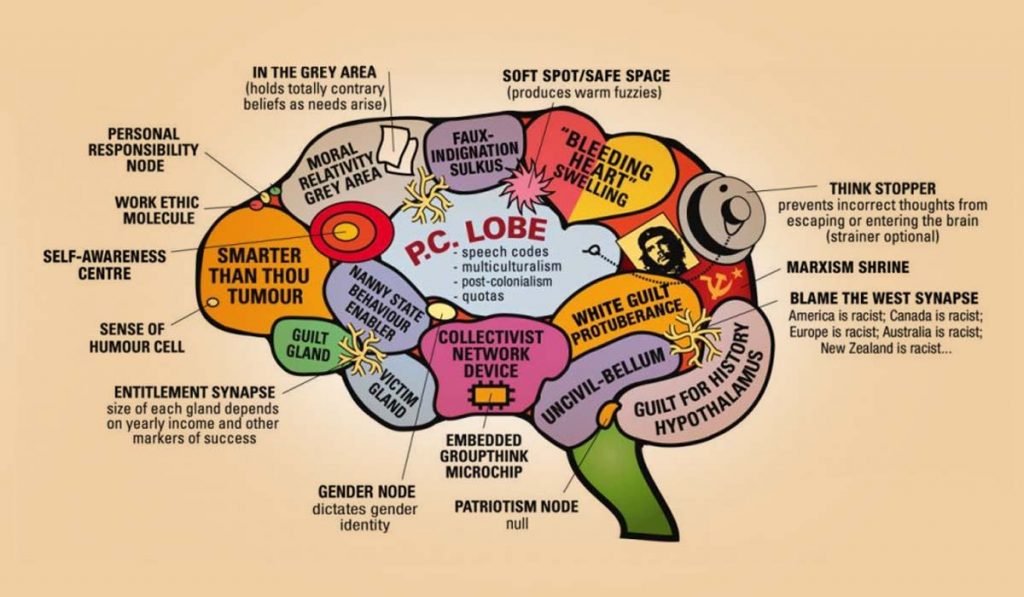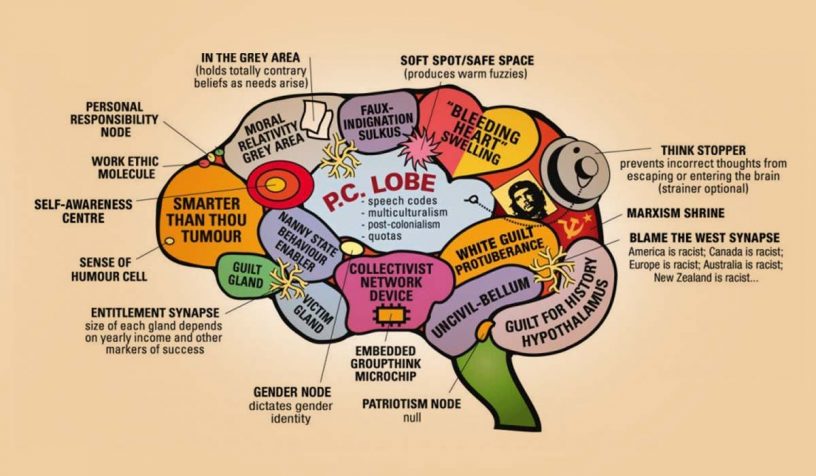
Today the ‘cultural Marxist’ tendency, the enthusiastic endorsement of identity and cultural politics through the identification of oppressor-oppressed binaries, dominates the political Left, says the author.
Author
Saumya Dey, Associate Professor, Jindal Global Business School, O.P. Jindal Global University, Sonipat, Haryana, India.
Summary
What is Marxism? Let us say that it is an interpretation of history provided by Karl Marx that inspires a particular kind of politics. As an interpretation of history Marxism is materialistic. One may simply term it ‘historical materialism’.
A genuine historical materialist will take a holistic view of the human drama unfolding through time. As the Australian Marxist Doug Lorimer writes, “Historical materialism does not deal with the separate aspects of social life, but with its general laws and the driving forces of its functioning and development….”
Central to the social holism of historical materialism, and the ‘laws’ that are generalized therefrom, is the idea of the socially determined nature of labor. According to Karl Marx, what separates man from beasts is labor – the conscious manipulation of the physical environment undertaken for the sake of sustenance. And labor occurs in a social context, in the sense that it is socially mobilized. In the words of Lorimer, being “purposeful, conscious activity” labor is “from the very beginning social in character and inconceivable outside society.”
This fact makes labor the manifestation of the “social relations of production” – these being the mutual relations human beings form during the production process. The social relations of production, in turn, generate what historical materialists term ‘socioeconomic formations’.
Lorimer, in an italicized sentence, defines a socioeconomic formation as “an integrated social system functioning and developing according to its own specific laws on the basis of the given relations of production.” Marx had identified five of them in history, namely, Asiatic, slave, feudal and capitalist.
Published in: India Facts
To read the full article, please click here.


